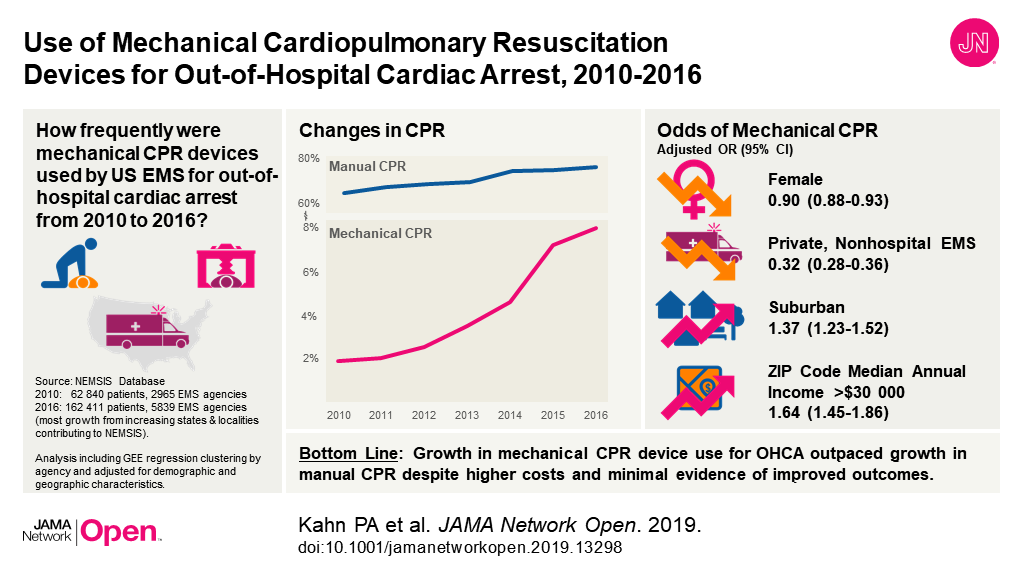JAMA Network Open
EMBARGOED FOR RELEASE: 11 A.M. (ET), FRIDAY, OCTOBER 18, 2019
Media advisory: The full study is linked to this news release.
Embed this link to provide your readers free access to the full-text article This link will be live at the embargo time: https://jamanetwork.com/journals/jamanetworkopen/fullarticle/10.1001/jamanetworkopen.2019.13563?utm_source=For_The_Media&utm_medium=referral&utm_campaign=ftm_links&utm_term=101819
About JAMA Network Open: JAMA Network Open is the new online-only open access general medical journal from the JAMA Network. Every Wednesday and Friday, the journal publishes peer-reviewed clinical research and commentary in more than 40 medical and health subject areas. Every article is free online from the day of publication.
What The Study Did: This observational study investigated an association between exposure to disinfectants and cleaning products at work and risk of new cases of chronic obstructive pulmonary disease (COPD) among a large group of female nurses.
Authors: Orianne Dumas, Ph.D., of INSERM U1168, VIMA: Aging and Chronic Diseases, Epidemiological and Public Health Approaches in Villejuif, France, is the corresponding author.
(doi:10.1001/jamanetworkopen.2019.13563)
Editor’s Note: The article includes conflict of interest and funding/support disclosures. Please see the article for additional information, including other authors, author contributions and affiliations, financial disclosures, funding and support, etc.
# # #
For more information, contact JAMA Network Media Relations at 312-464-JAMA (5262) or email media relations.



